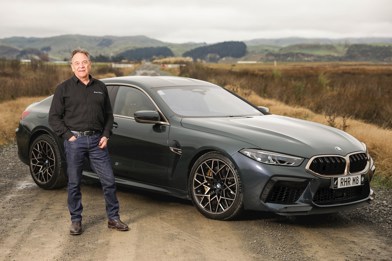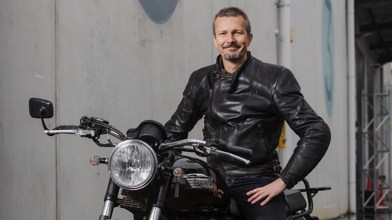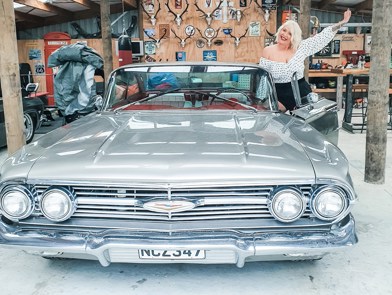If cars got origin stories like superheroes, then the Renault Arkana would have one chock full of international intrigue and confusing misdirection. So it is suitable, then, that its name is derived from the Latin word for “secret”.
You see, the Arkana started life as a Russian market product back in 2019. Built in Russia, Kazakhstan and Ukraine (you can see where this is going...), the Arkana was based on the same platform as the Dacia Duster (that has a very short run here as a Renault) and packed a 1.3-litre petrol turbo engine and a continuously variable transmission that pushed the power to all four wheels.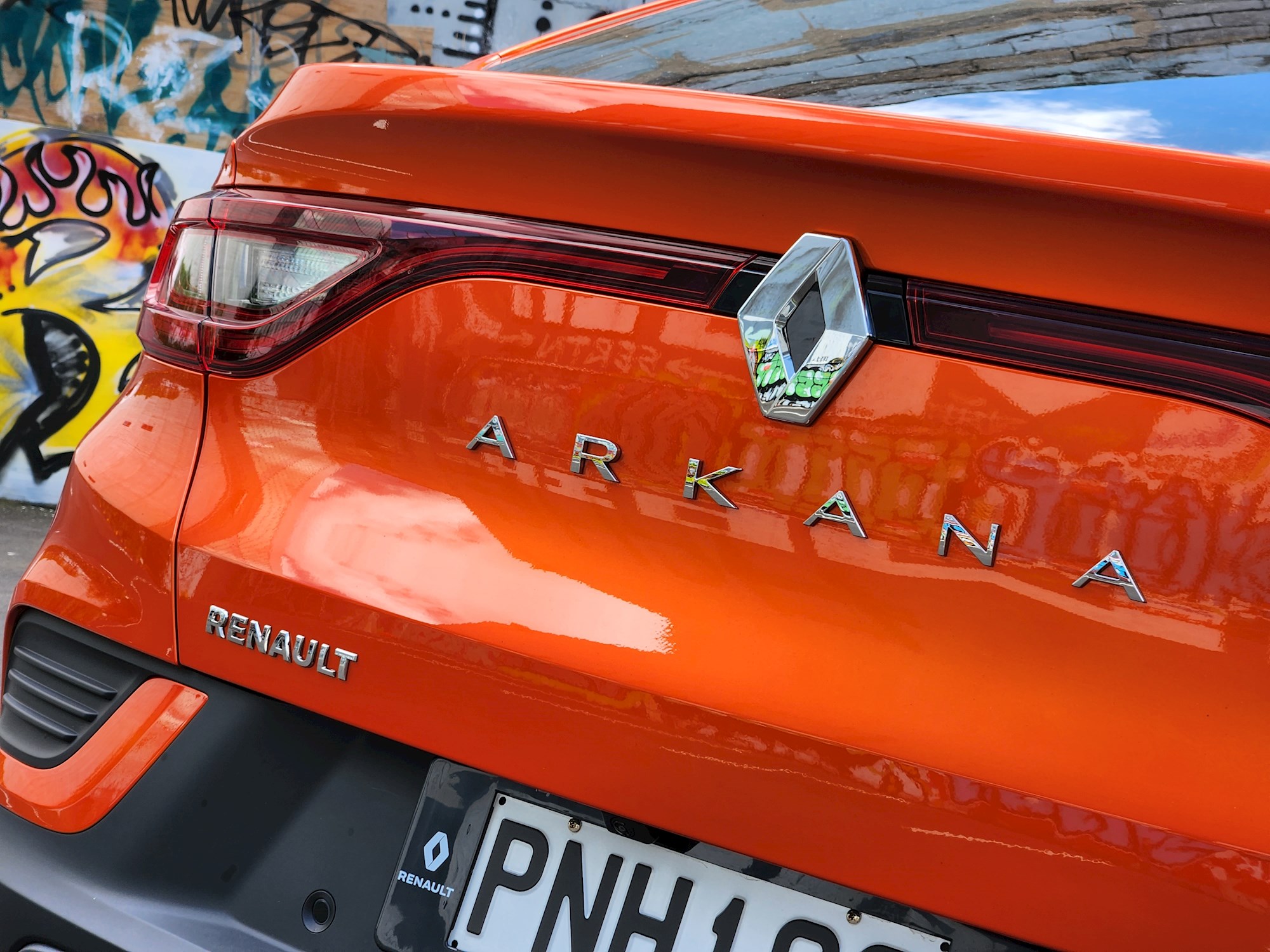
Then, one year later the Renault Samsung XM3 debuted in South Korea. It looked more or less identical to the Arkana and was the same size, but the XM3 actually sat on a completely different platform (the newer CMF-B platform that sits under the Renault Captur). And although it used the same engine, it was now hooked up to a seven-speed dual clutch transmission and only powered the front wheels.
Got that? Good, because to make things even less clear, the car we get here as the Arkana is actually the newer Samsung Korean-built model and not the older Russian-built model. Oh, also – that Russian model no longer exists seeing as Renault had to unload its Russian production facility and joint ventures when the Bear started invading its neighbours...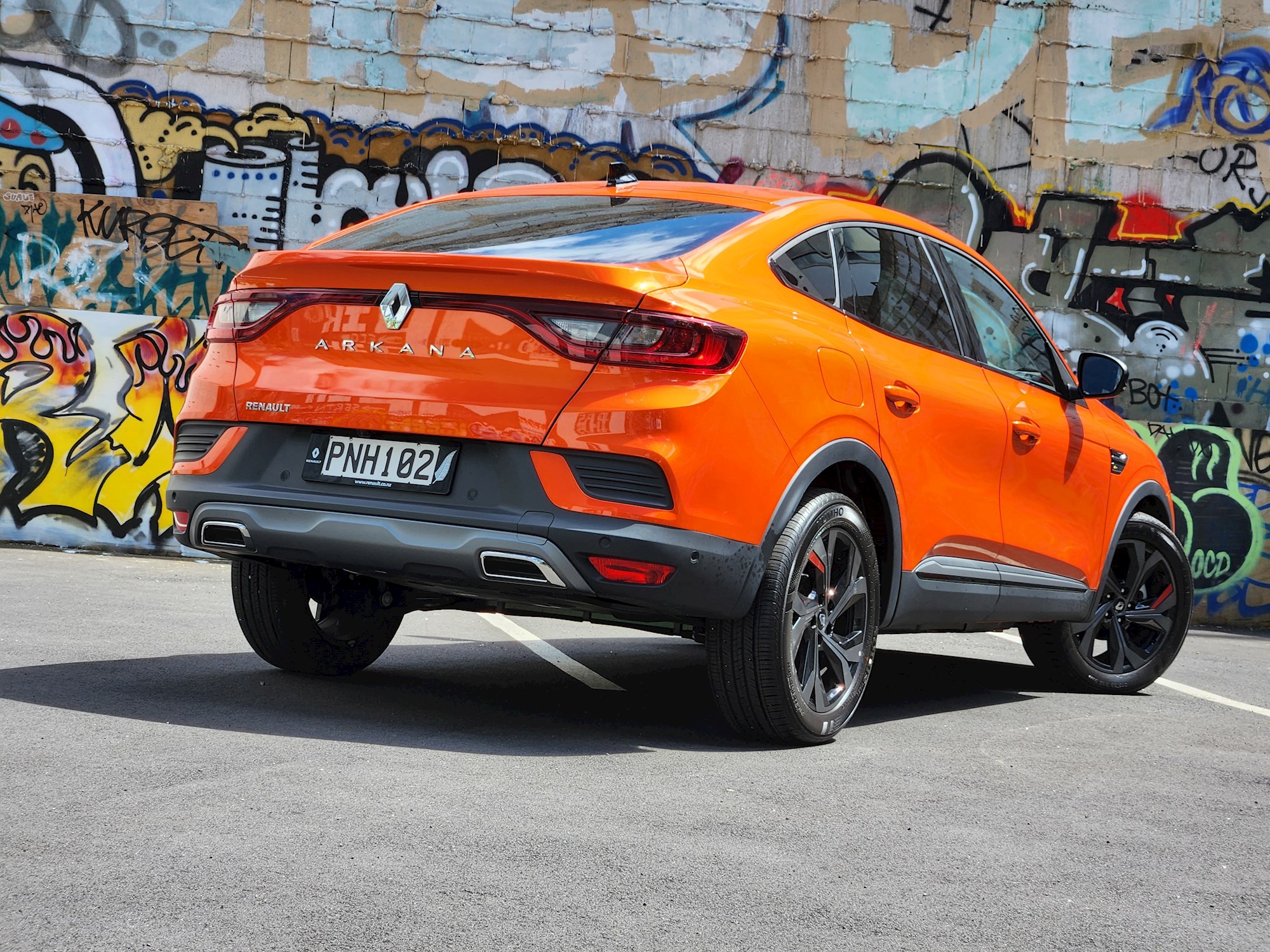
So, with that cleared up, we have decided to spend a bit more time with the Arkana than your usual week-long road test period. But instead of doing the usual long-term test where we live with one car for several months, this time around we are cycling through three versions of the Arkana over the next few months.
While we will eventually spend time in both the mid-spec Intens and the newest member of the Arkana family – the hybrid – we are starting at the top of the standard ICE-powered range with the RS Line.
Now, just because you see “RS” there, don’t get too excited, because that tricky little “Line” sneaks in there to put a dampener on the excitement. Like a number of other manufacturers, Renault uses the allure of its hot sporty nameplate (the RS bit) and then tags a “Line” bit on the end to denote that, while it gets a lot of the kit and sporty looks from the hot ones, it remains the same as the standard range under the bonnet.
In this case, that means the RS Line gets the same 115kW/262Nm 1.3-litre four-cylinder turbo petrol engine as the rest of the Arkana range, likewise hooked up to the seven-speed DCT driving the front wheels.
At $49,990, the RS Line sits at the top of the Arkana ICE range and escapes a Clean Car fee, but it also misses out on a rebate, sitting in the zero band.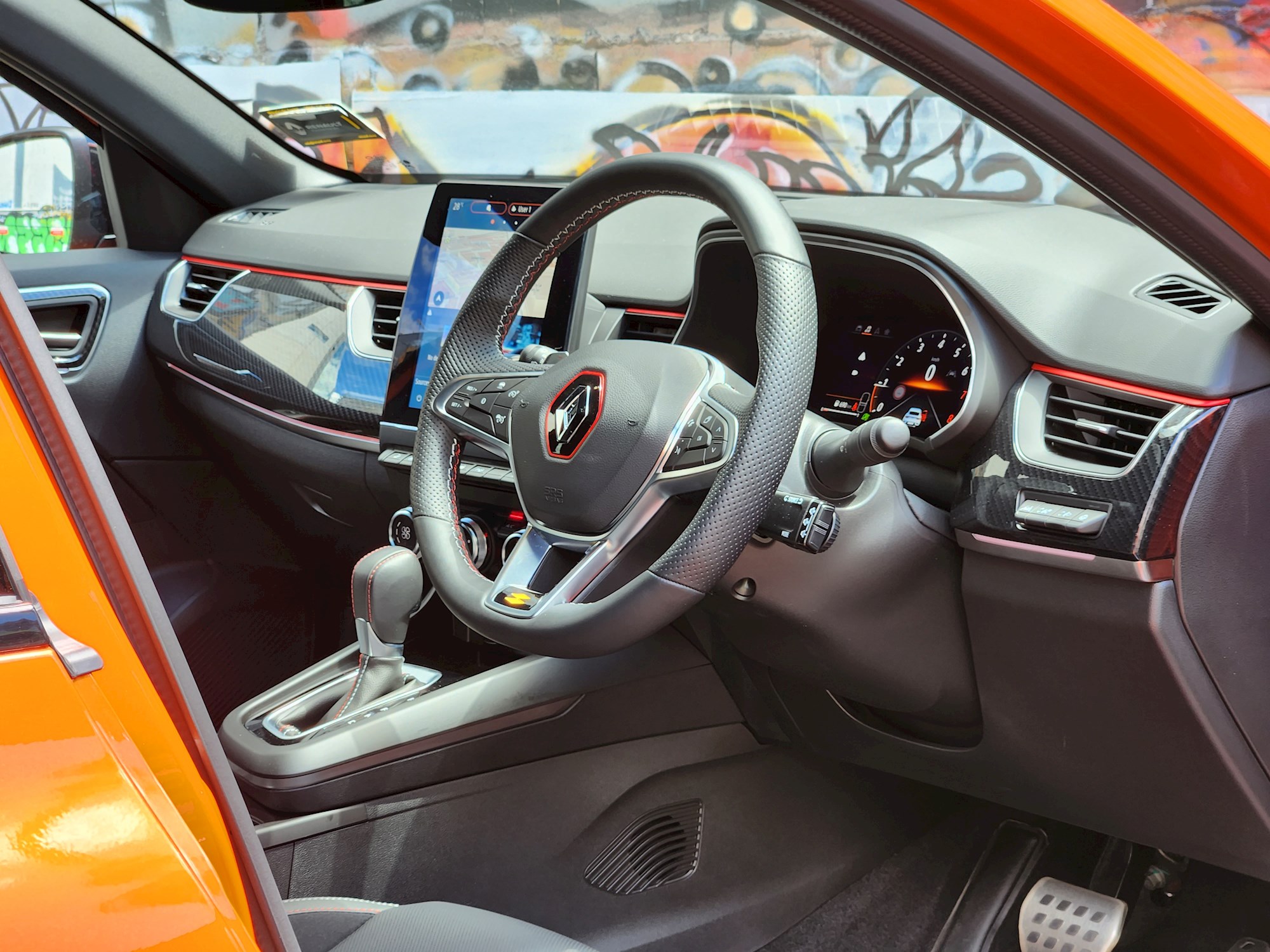
It packs the same basic kit as the Intens, but adds sporty highlights like red stitching on the interior, aluminium pedals and a leather sports steering wheel on the inside and unique 18-inch diamond cut alloy wheels, rear privacy glass and an RS Line-specific front bumper with extra aero elements.
It is also the only version of the Arkana available in the rather striking RS-exclusive Valencia Orange paint of our test car. And it certainly stands out.
First impressions of the Arkana are pretty much what you expect – the interior is comfortable and nicely styled, and while there are a few areas of cheaper plastics evident, the vast majority of it feels impressively up market.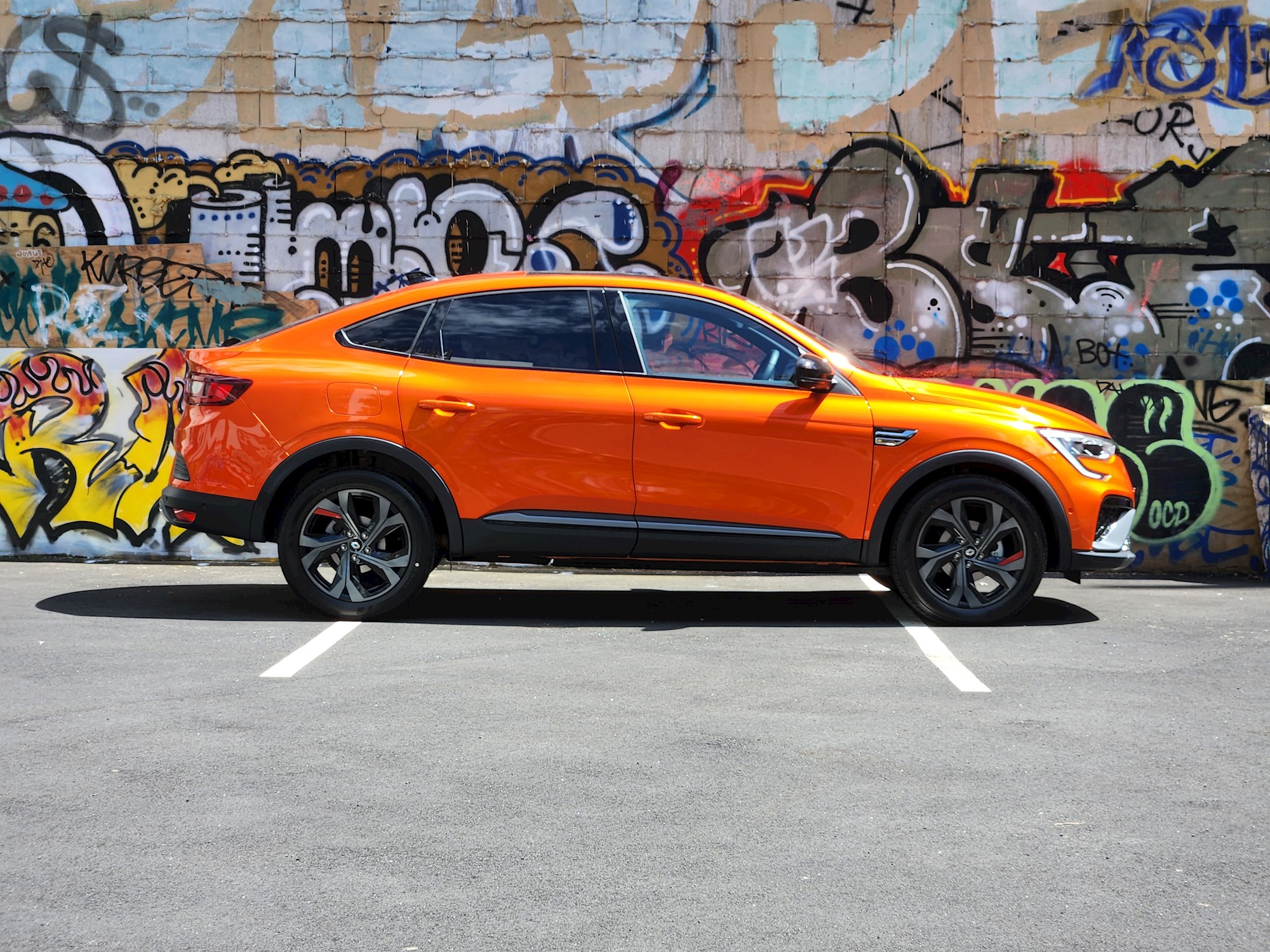
There are, of course, a few eccentricities here and there, like the ventilated seats the require a button push to open the menu screen, another to turn the ventilation on and then several more to select the level of ventilation required (with that middle “turning on” one being particularly superfluous and irritating...), but then it is a French car at heart (despite being built in Korea), so that’s almost compulsory really.
On the road the RS Line is impressively comfortable and surprisingly agile, with nicely responsive and accurate steering rounding out the package. Despite its tall “I really am an SUV!” looks (that are particularly evident around the curiously high-riding rear), the Arkana is impressively adept at going around corners, which is nicely complimented by its sharp initial turn-in.
In short, the Arkana is actually surprisingly satisfying and even actually fun to throw down a winding back road, particularly when you throw in the nicely responsive engine and super-slick DCT which round out the dynamic package nicely.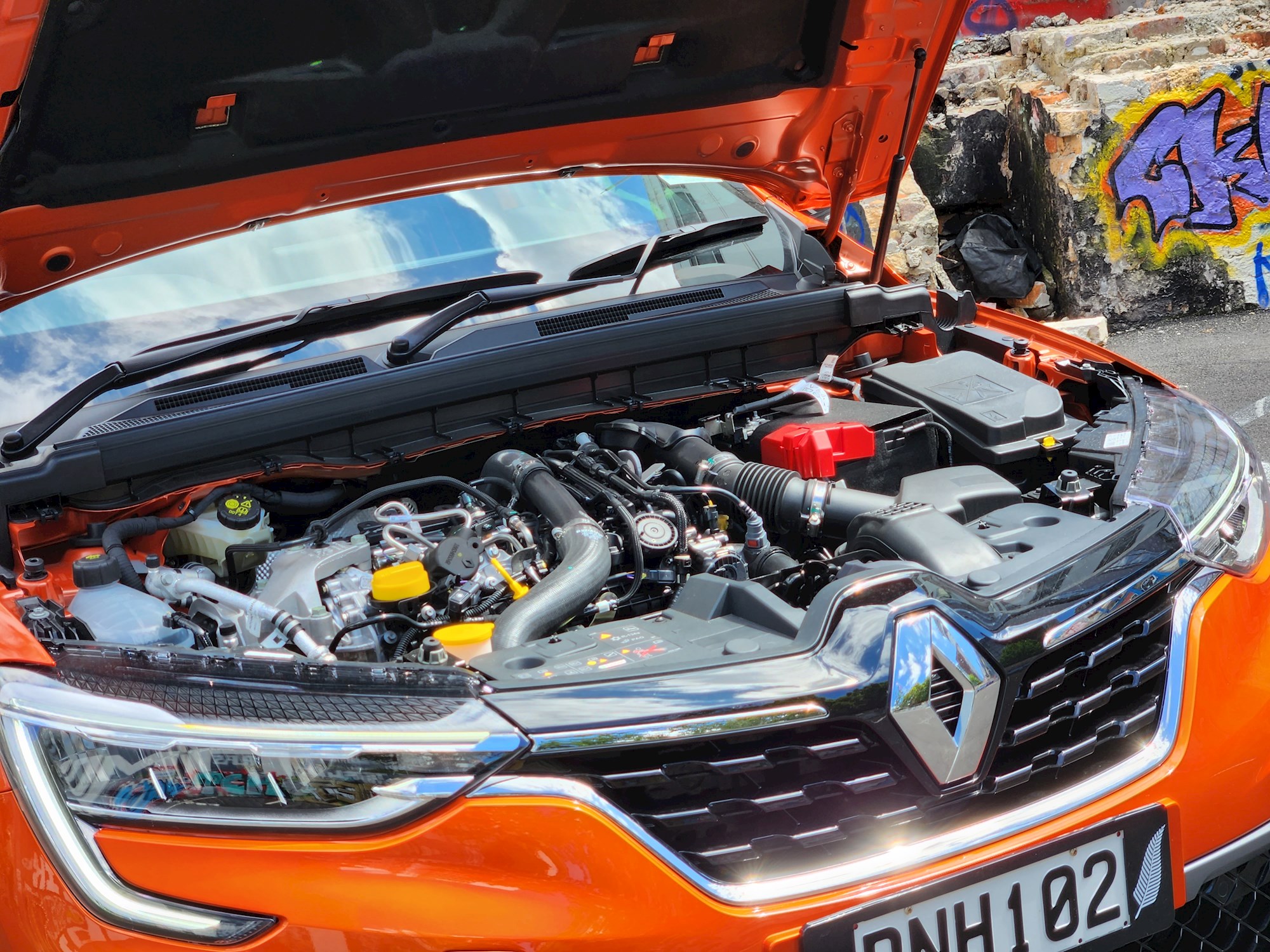
But it is that latter pairing that could prove to be an issue over the course of our run with the Arkana. While both are great when up to speed out on the open road, around town the traditional foibles that arise when you hook a dual clutch transmission up to a small capacity turbo engine - namely the combination of turbo lag, peaky power delivery and a slight ditheryness form the transmission – conspire to make it tiresome at low speeds.
The “wait for it, wait for it... POWER NOW” delivery of power makes for a slight frustration around town, particularly in the wet. It will be interesting to see if we get used to this, or it just annoys us more as time goes on...
All up though, the Arkana looks so far to be a stylish, well-built and nicely equipped smaller SUV that offers practicality and unique looks in a package that is both comfortable and surprisingly engaging on a winding road.
RENAULT ARKANA RS LINE
ENGINE: 1.3-litre petrol four-cylinder turbo
POWER: 115kW/262Nm
GEARBOX: Seven-speed dual clutch, FWD
CONSUMPTION: 6.7L/100km (WLTP)
PRICE: $49,990











